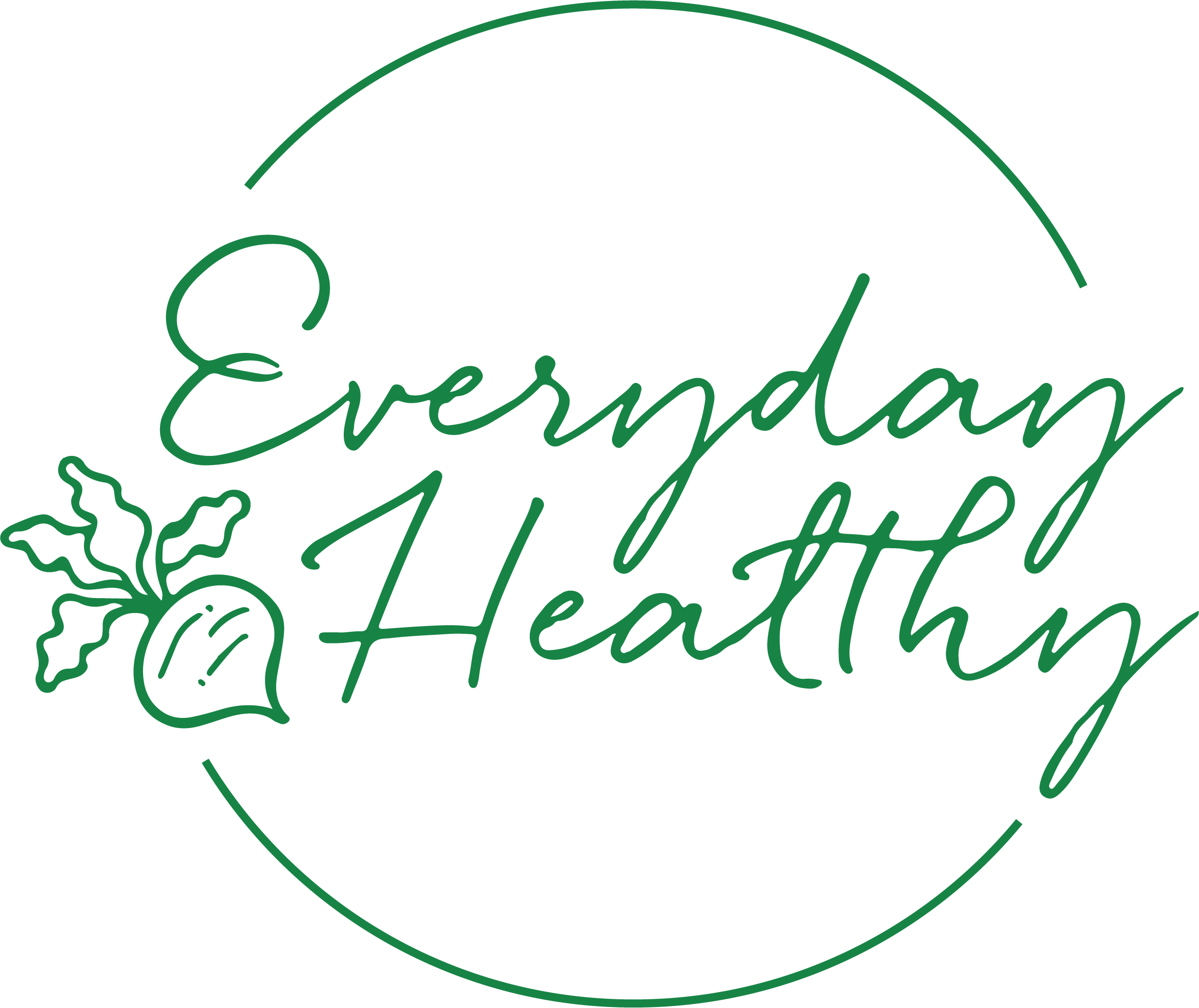SIMPLE STEPS FOR A HEALTHY DIET
EAT ‘REAL’ WHOLE FOOD
Pack your diet with foods as close to nature as possible. Base your diet around fresh fruit and vegetables, good quality meat and fish, eggs, legumes, whole grains and full fat dairy (unflavoured so natural yoghurt not fruit yoghurt). By focusing mainly on these foods you will automatically avoid ultra-processed, high fat, sugar-laden foods that cause a myriad of health issues. Remember to focus on the whole food, so eat the whole orange or apple not the juiced versions as these will be higher in simple sugars and lack fibre.
BE CARB SMART
Stick to complex carbohydrates (around 1/4 of your plate) which have a lower glycemic load (GL) such as oats, brown rice, quinoa, wholewheat pasta, wholegrain flour. The GL is a measure of how much a food raises your blood sugar levels taking into account the amount of useable carbohydrate. Low GL foods take longer to digest, so take longer to be absorbed into the blood stream. This ensures a slow release of energy rather than a quick fix offered by simple carbohydrates.
There are many detailed lists online for GL foods but the general rule:
High fibre + least processed = lowest GL
DON’T BE SCARED OF FAT
Fats are vital for your health and nothing to be scared of - they provide a source of energy, produce hormones, support good cell membrane health, aid vitamin absorption and are powerfully anti-inflammatory. The important thing is to base your diet around the ‘beneficial’ fats that reduce inflammation in the body.
What are ‘good/beneficial’ fats?
Omega 3 fatty acids - powerfully anti-inflammatory and incorporated in the cell membranes of every tissue in our body so vital for the health of every part of our bodies. The best source is in oily fish - remember SMASH (salmon, mackerel, anchovies, sardines and herring) - include in your diet at least 3 times a week.
Omega 6 fatty acids - only required in small portions otherwise these fats can exacerbate inflammation. Best to consume these from natural sources such as nuts, seeds and avocados - they are found in very high amounts in processed foods so avoid these and enjoy natural sources.
CREATE A BALANCED PLATE
For optimum nutrition, your meals should primarily consist of protein, fat and non-starchy vegetables. If you can enjoy three satisfying meals a day based on this idea, you will nourish your body with all the beneficial nutrients needed for good energy levels, stable moods, consistent weight and balanced blood sugars. You can then really enjoy any treat or indulgence that comes your way.
I love this diagram below which can show you what a balanced plate looks like:
Start by filling half the plate with lots of colourful veggies (remember: eat the rainbow)
Fill 1/4 plate with a good protein source - chicken, fish, legumes, tofu etc
Fill 1/4 plate with complex carbohydrates for slow releasing energy - such as brown rice, quinoa, wholegrain pasta etc
Finally top it all with a tablespoon or two of ‘beneficial’ fats such as olive oil, avocado, nuts, seeds etc.
“Nutrition is not black or white and, it shouldn’t take precedence over the amazing flavours and feeling of community that come with eating and feeding your gut microbes. Food should be tasty, and it should be fun. Eating should be a happy experience.” Dr. Megan Rossi, Gut Health Doctor

